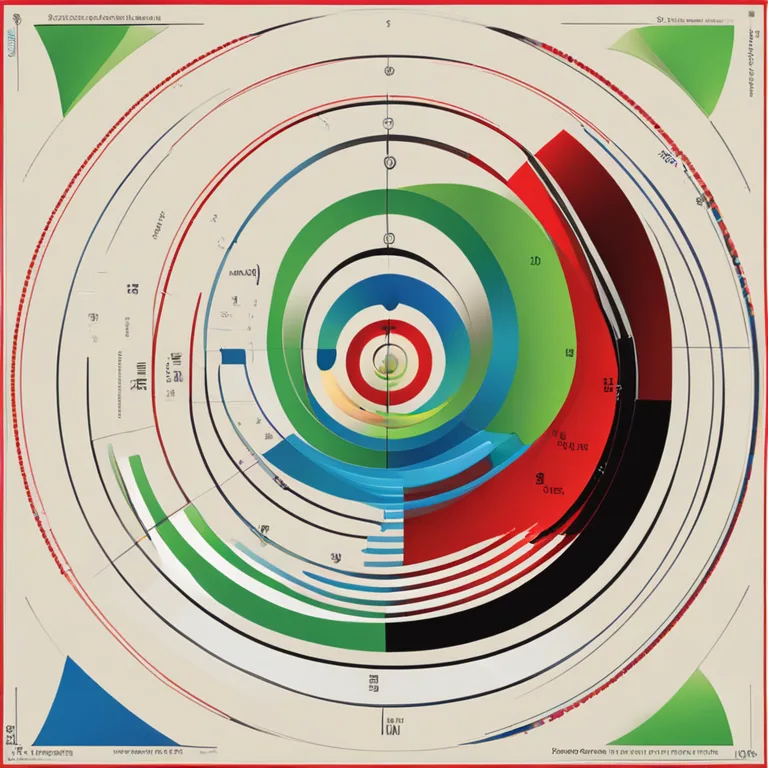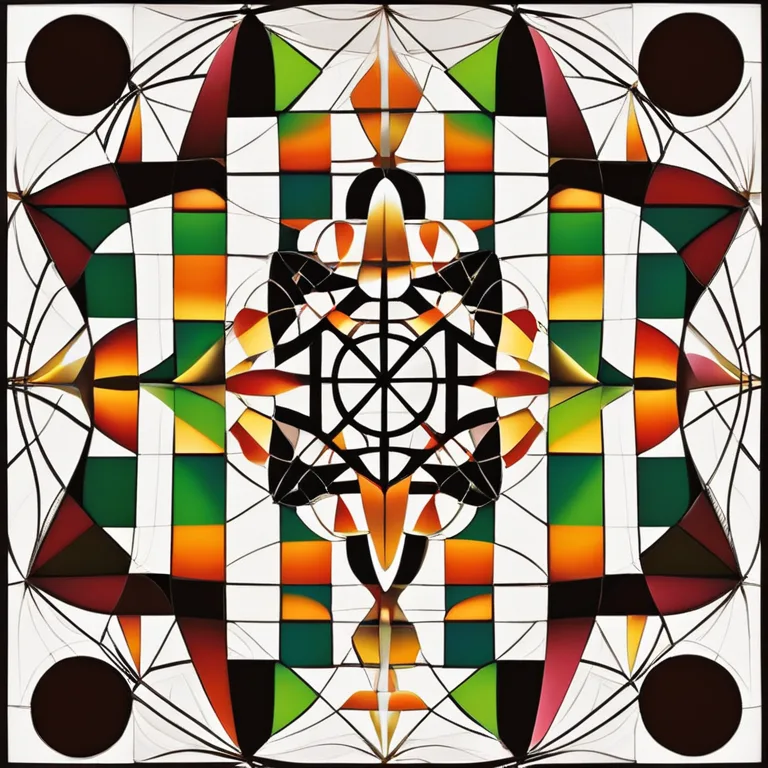
The Origins of Biorhythm Theory Explored
Discover the historical and scientific roots of biorhythm theory, the concept that seeks to predict personal cycles of health, emotion, and intellect.
article by Adrian Wallace
Introduction to Biorhythm Theory
Biorhythm theory is an intriguing concept that suggests our daily lives are affected by rhythmic biological cycles. While the scientific community has not fully endorsed biorhythms as a predictive tool for individual's physical, emotional, and intellectual states, the theory has found a place in pop culture and alternative health practices. This theory posits that from the moment we are born, we are influenced by natural physiological rhythms that can impact our daily functions and abilities. In exploring the origins of biorhythm theory, we'll delve into the historical context, key contributors, and evolution of the concept over time.

The Birth of Biorhythm Theory
The origin of biorhythm theory dates back to the late 19th century. Dr. Hermann Swoboda, a professor of psychology at the University of Vienna, and Dr. Wilhelm Fliess, a Berlin physician and close associate of Sigmund Freud, independently proposed the idea of biological cycles. Fliess was particularly interested in the nasal and genital cycles and their supposed influences on human health and behavior. Swoboda later discovered similar patterns in his own and his students' lives, contributing to the foundational works on periodicity and influencing early biorhythm theory.

Scientific and Cultural Progression
Throughout the 20th century, biorhythm theory garnered interest alongside developments in chronobiology—the study of periodic phenomena in living organisms and their adaptation to solar- and lunar-related rhythms. Despite the advancement in understanding biological clocks, such as circadian rhythms, biorhythm theory as a separate field has remained on the fringe of scientific exploration, closer to numerology and astrology in its application and credibility. Nonetheless, the theory has persisted through time, inspiring numerous books, software, and even mobile applications designed to calculate personal biorhythm charts.

The Three Principal Cycles
Central to biorhythm theory are three primary cycles: the physical (23 days), emotional (28 days), and intellectual (33 days). Proponents claim these cycles begin at birth and oscillate in a sinewave pattern throughout life. Each cycle is thought to have high, low, and critical phases, influencing various aspects of life such as athletic performance or decision-making processes. While empirical evidence supporting these claims is limited, some adherents of biorhythm theory use it for making life decisions, akin to how some individuals refer to horoscopes or zodiac signs for guidance.

Modern Interpretations and Applications
In our digital age, biorhythm theory has found new platforms and audiences. Online biorhythm calculators and personalized reports are available, often melding traditional aspects of the theory with modern-day technology and data analytics. Despite its controversial standing in the scientific community, biorhythm continues to be a topic of curiosity, blending the lines between entertainment, lifestyle guidance, and personal introspection. It also dovetails with a growing focus on personalized health and wellness, an industry perpetually keen on innovative ways to deliver individualized advice.
Future Perspectives on Biorhythm Theory
As we look to the future, the discussion surrounding biorhythm theory may evolve with advances in bioinformatics and a better understanding of genetics and epigenetics. Potential integration with wearable technology tracking physiological markers could lead to a new era of personalized health metrics, albeit grounded in more rigorous scientific methodology. Whether biorhythm theory will ever be validated or remain a niche interest is uncertain, but its enduring fascination is indicative of the human desire to find patterns and meaning in life's complexities.
Published: 12/28/2023
Modified: 12/28/2023
More predictions
Come back here soon to learn more about yourself and your future


Biorhythm Basics: Patterns of Life's Vital Rhythms
Explore the intriguing concept of biorhythms and how they exemplify distinct cycles impacting physical, emotional, and intellectual states.


Measuring Your Biorhythms: A Step-by-Step Guide
Discover how to track and measure your biorhythms to better understand your physical, emotional, and intellectual cycles for optimal well-being.


Biorhythm Birthday Compatibility: Syncing Life Cycles
Discover the intriguing concept of biorhythm birthday compatibility and how syncing life cycles can influence personal relationships.